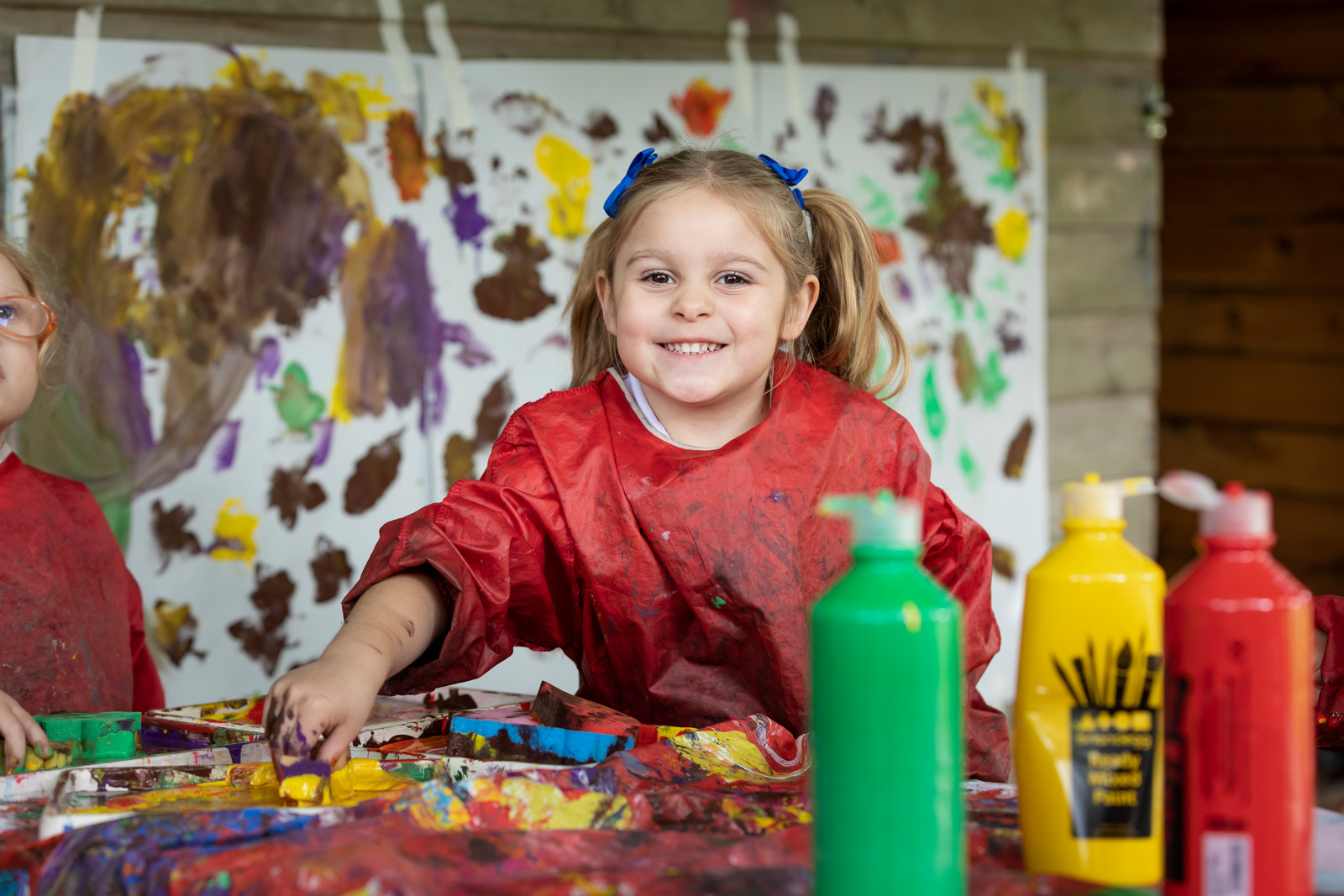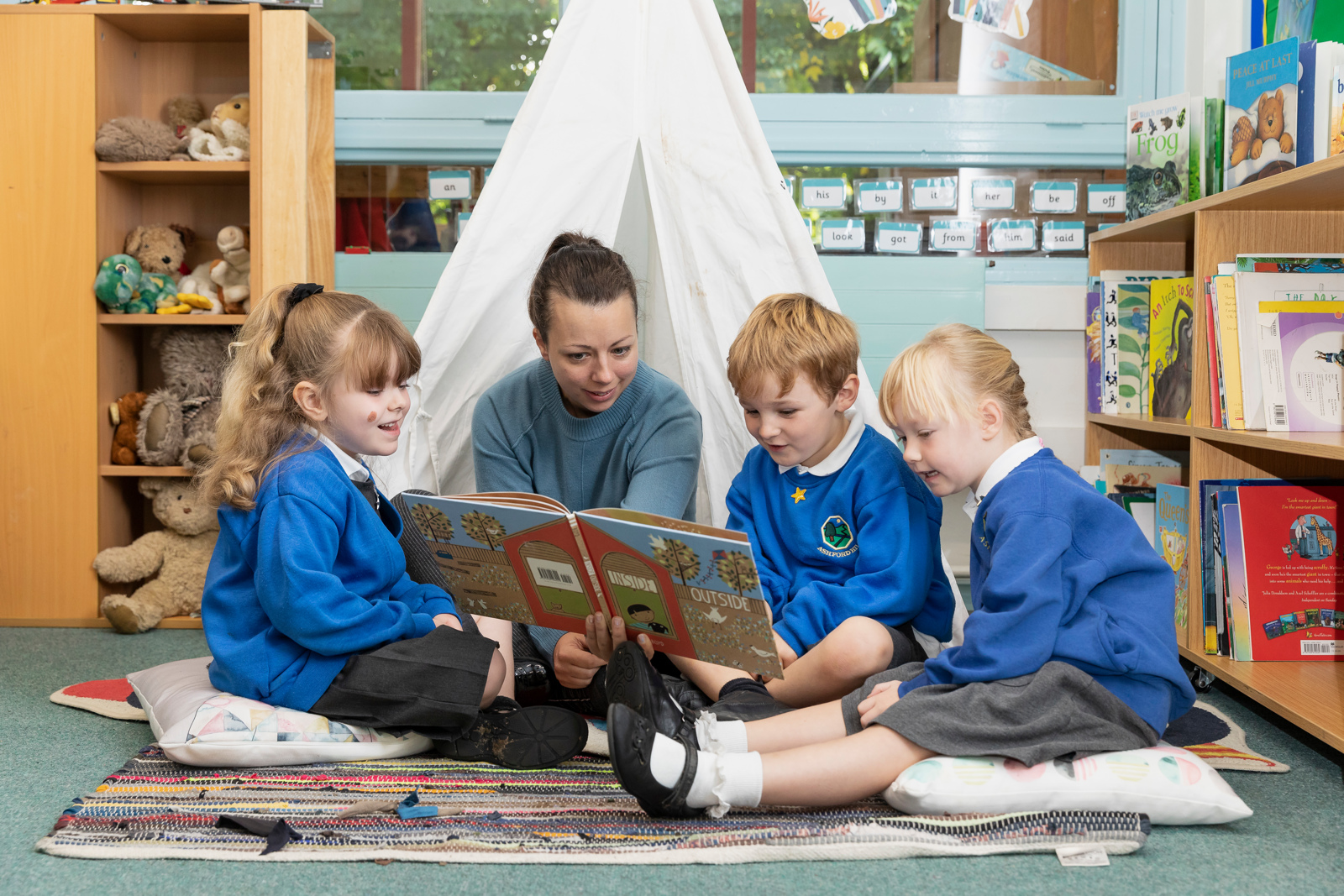Art & Design
|
Art and Design |
Intent
The intent of our Art curriculum is to engage, inspire and challenge pupils as well as giving them the skills to develop their creativity and a desire to experiment and so enabling them to invent and create their own works of art, craft and design. The art curriculum aims to give all children a wide variety of experiences in Art through being able to experiment with different media and look at the works of various artists from around the world and through different times. We believe this encourages and enables them to develop their own creativity and imagination as well as enhance their experiences of Art from across the world. We believe first-hand experiences and giving the children opportunities to communicate their own ideas and feelings through a range of materials and tools is the best way to deliver a high-quality Art and Design curriculum.
We believe it is essential that children know and understand how Art and Design both reflect and shape our history and contribute to the culture and creativity of our nation and other nations studied through the wider curriculum. Exploring a wide variety of artists, craftspeople and designers ensures children can develop their own opinions of artwork, think critically and imaginatively and form their own responses to art.
The teaching of Art encourages and enables children to develop their fine motor control, observational skills and the way they choose to use colour, pattern, texture, line, shape, space and form. We strive for all to be determined in their own learning and to be motivated to be the best they can be and to be able to articulate their ideas and imaginings through their own Art.


Our vision is that children will leave our school having experienced and experimented with a wide variety of artistic techniques and mediums, equipping them with artistic skills and a love of creating their own ideas.
_________________________________________________________________________________________________________
Implementation
Curriculum Design:
Due to mixed age year groups our children are taught by stage rather than age. This means that we have carefully crafted and adapted our curriculum (built and adapted from the foundations of the Cornerstone curriculum) in two cycles in Key stage 2 to ensure that each area of the art programmes of study are revisited at the optimal and appropriate time for our children and so that they are able to build upon their previous learning.
Critical Thinking:
Critical thinking is an important element of our Art curriculum at Ashford Hill Primary School and children are encouraged to discuss the work of famous artists using the language of art and to be able to articulate what they can see in an artwork in terms of colour, shape, form and line as well as what they think of what the artist has shared/shown through their work.
Environment: We have extensive grounds within our school which enable us to take children outside and explore the environment. We use our grounds to bring experiences and close observations of the natural world into our art.
___________________________________________________________________________________________________________
Impact
We monitor our children’s progress by looking at the children’s books, listening to their voice and assessing against the key knowledge required for each learning journey. We plan for further development based upon what we have observed.
At the end of Foundation stage, the children are assessed against the progress descriptors in their Foundation Stage Profile. At the end of KS1 and 2, the children are assessed using teacher assessments/judgement based on their work throughout their topics and how they have discussed/analysed the work of significant artists and applied what they have learnt in their final pieces.






